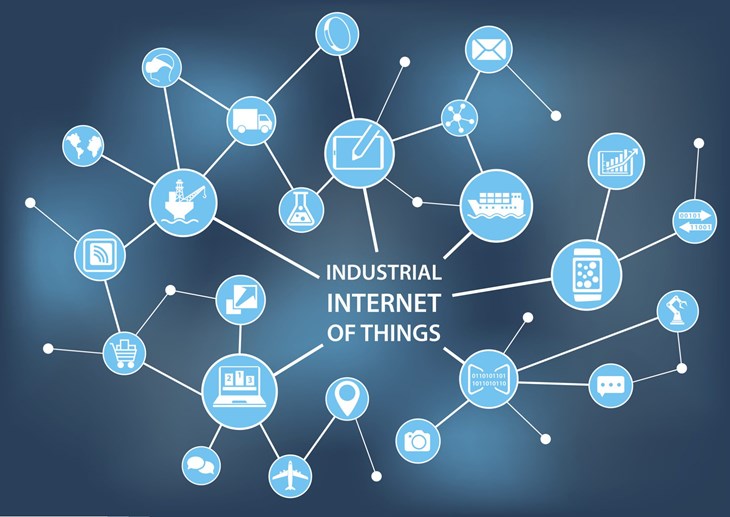The concentration of purchases varies by industry. The top three oil and gas purchasers will account for more than 15 percent of the oil and gas valve purchases. The top 17 power companies will account for 55 percent of the valve purchases for power applications. The Shenhua merger with Guodian creates a company, which will make 9 percent of the valve purchases in the power industry.
The top three mining companies will account for 12 percent of mining valve purchases. The top seven pharmaceutical manufacturers will represent 20 percent of the pharmaceutical purchases. The food manufacturing valve purchases are more fragmented. The top 10 purchasers will account for just 12 percent of the total. The top three pulp and paper purchasers will carve out a 12 percent share.
Purchases for municipal wastewater are dispersed. The Chicago Metropolitan Sanitary District with seven plants will spend $40 million for valves in 2018. This represents just 0.44 percent of the world municipal wastewater total. Suez, which owns and operates plants and functions as an EPC accounts for significant purchases of valves.
EPCs are important purchasers in many industries. Jacobs has acquired CH2M and is an important EPC and operator in wastewater and some other industries. The rapid adoption of IIoT and Remote O&M is leading to centralized decision making relative to valves. In the near future just 20,000 people will be making most of the high performance valve decisions. High performance accounts for 60 percent of the total valve revenues. The McIlvaine high performance definition includes both critical service and severe service valves (2).
High performance valves are purchased because of their lower total cost of ownership and not based on initial price. The total cost of ownership analysis has been difficult to determine due to the lack of verifiable comparative data. Consequently it has been up to the local sales people to:
• Convince the client that the product has the lowest total cost of ownership despite the lack of verifiable data
• Offer a lower price than the competitor and persuade the client to buy based on cost
Since high performance valves have been purchased by the individual plants in the past the strength of the local sales force has been very important. IIoT and Remote O&M accompanied by data analytics is changing this entire picture due to:
• Centralized data analytics providing continuing total cost of ownership evaluations for each valve (both control and on/off)
• Centralized specifying and purchasing
• The expert to expert communication becomes more important than the communication of local sales person to project manager or purchasing agent
• The increasing role of subject matter experts

The optimistic forecasts for IIoT are justified but only if it is empowered by the Industrial Internet of Wisdom (IIoW) (3). The voluminous data analytic output will need to be digested by humans. More importantly the data analytics will tell which valve is working better than another and which valve is failing quickly. It will not provide innovative options. These must come from subject matter experts (SME). These subject matter experts will be much better informed due to access to the voluminous data analytics. Their level of expertise will need to keep growing. They will also need to interconnect with other experts. Whereas IIoT connects things, IIoW connects people. New ways for very focused interconnection will be needed.
Here is an example: The Dry Scrubber Users Group (DSUA) is narrowly focused on a technology, which uses fabric filters to remove both acid gases and particulate. There is a very tight operating window and the need for high performance slurry control valves. A number of operators have employed process management software and remote O&M guidance by highly specialized process managers who function as SMEs. Information exchanges between the plants, SMEs and valve manufacturers have reduced the valve sticking problems. Other improvements generated by this combination have reduced average costs by over $1 million per year per plant.
This DSUA initiative is just a baby step toward IIoW. One challenge is to provide international benefit to what is now a U.S. effort. Another is to broaden the number and scope of specialized SMEs contributing to the improved operations. The way in which high performance valves will be sold in the future will change considerably.
Sales strategies will be focused on the 2000 largest purchasers and the 20,000 people making the purchasing decisions. The success will be based on verifiable total cost of ownership analyses as determined through data analytics for remotely monitored valves and the wisdom of more specialized SMEs.
References
1. Industrial Valves: World Markets published by the Mcilvaine Company
2. High Performance Valves published by the Mcilvaine Company
3. IIoT and Remote O&M published by the Mcilvaine Company
About the author
Robert McIlvaine is the CEO of the McIlvaine Company, which publishes Industrial Valves: World Markets. He was a pollution control company executive prior to 1974 when he founded the present company. He oversees a staff of 30 people in the U.S. and China. http://www.mcilvainecompany.com

